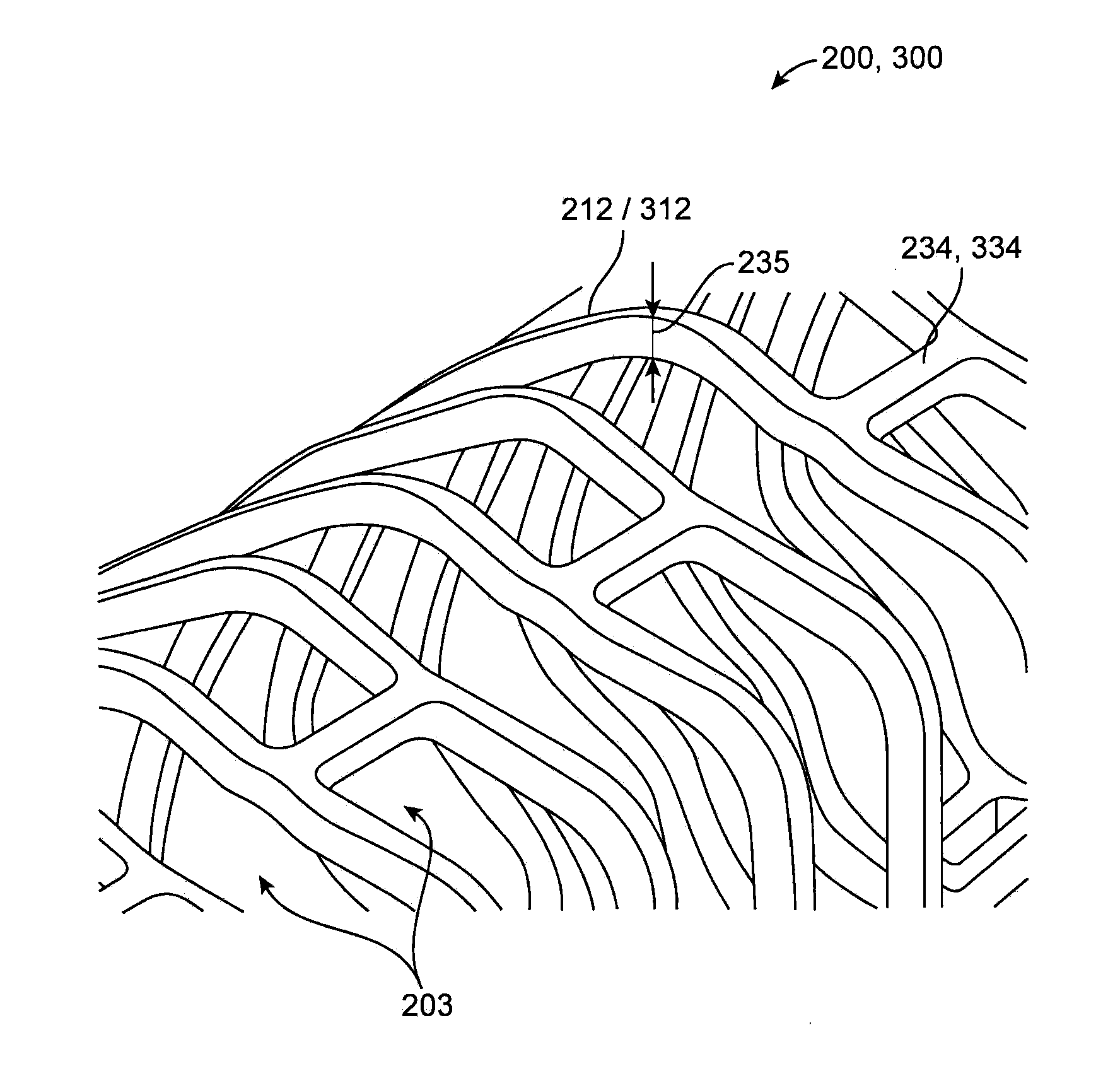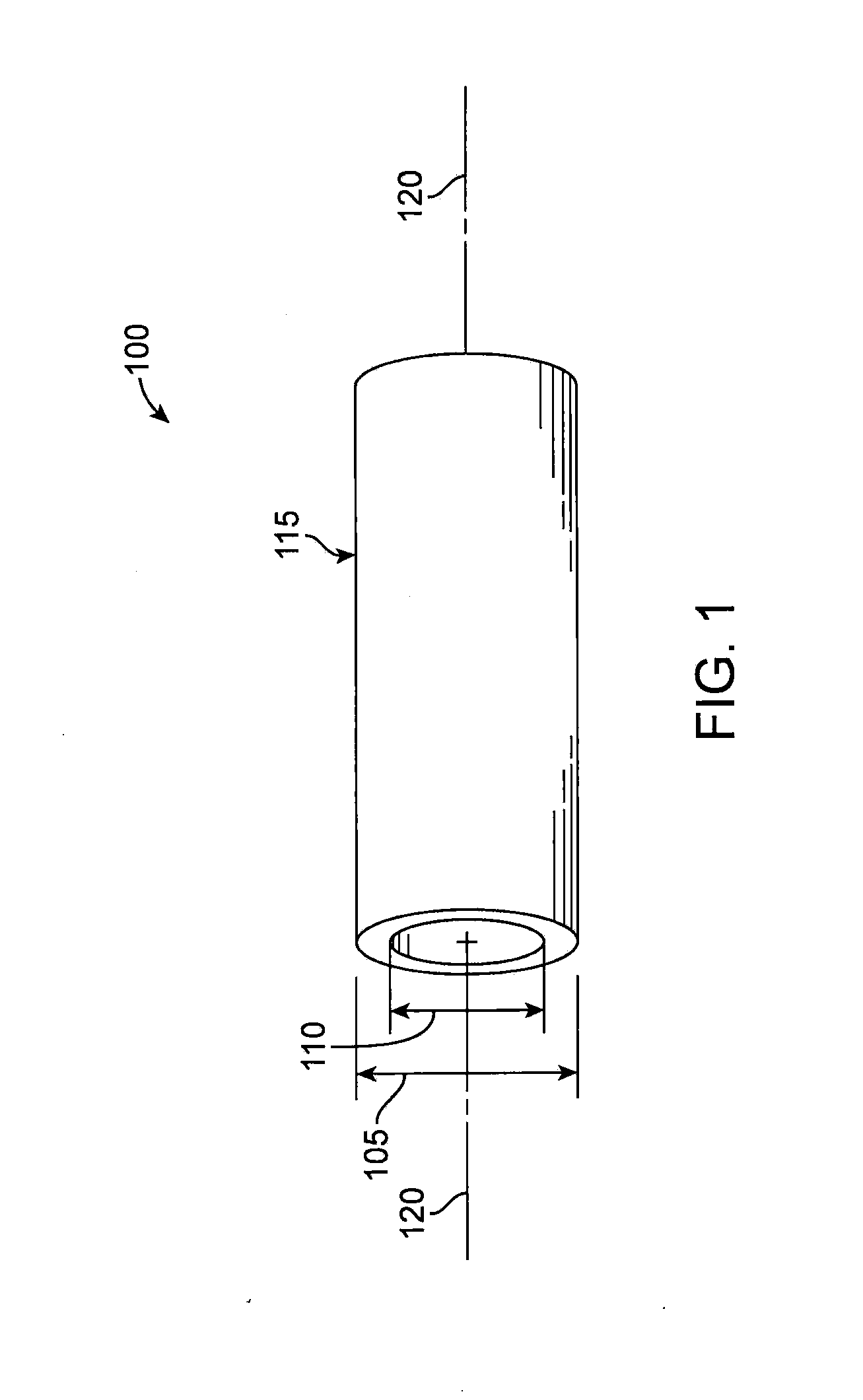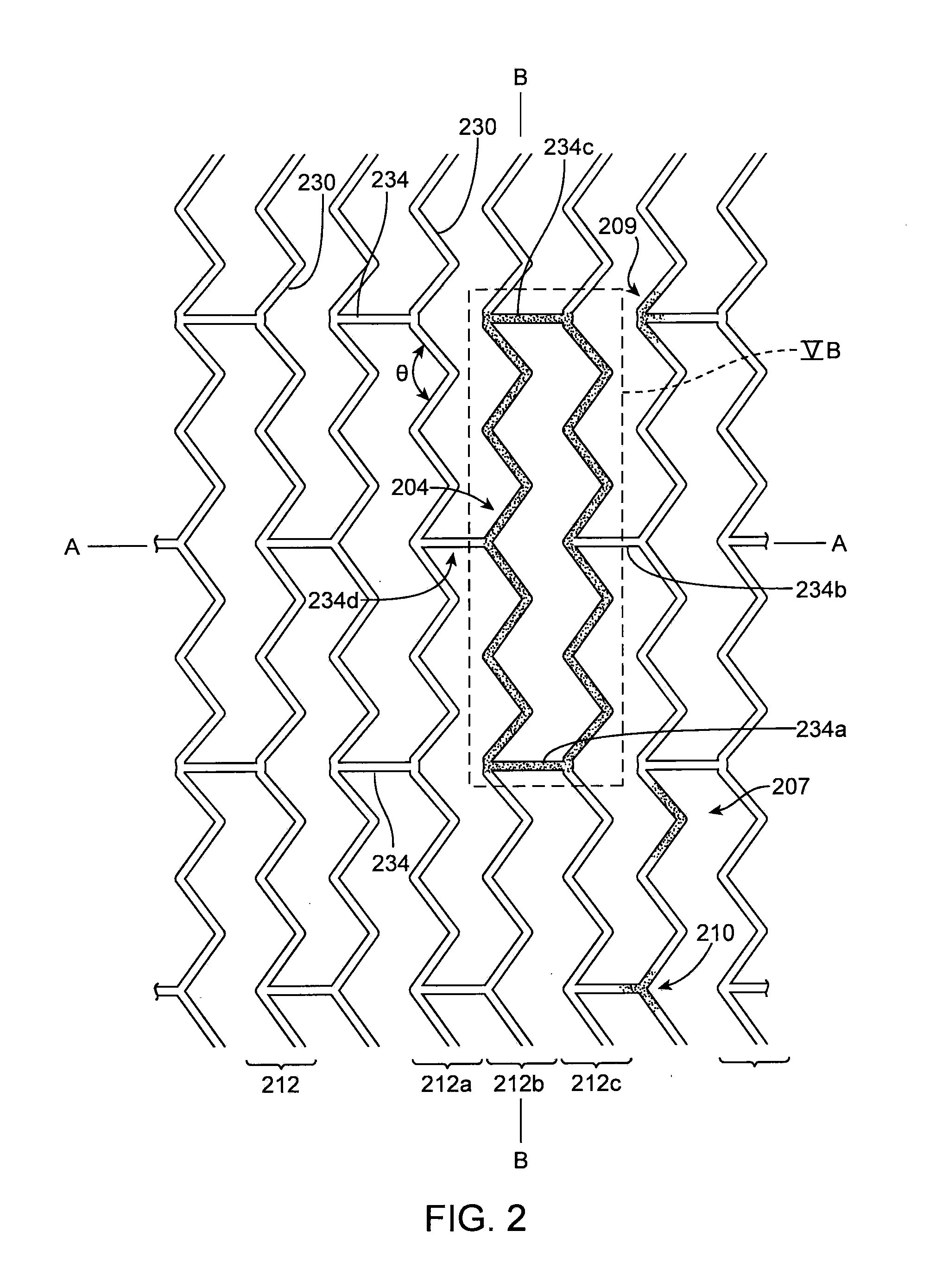Time-dependent polymer scaffolds
- Summary
- Abstract
- Description
- Claims
- Application Information
AI Technical Summary
Benefits of technology
Problems solved by technology
Method used
Image
Examples
Embodiment Construction
[0099]The disclosure provides examples of parameters and characteristics of scaffolds useful as design criterion for promoting favorable vascular restorative therapy (VRT). According to the disclosure there are examples applied specifically to a peripherally-implanted, bioresorbable scaffold. The concepts disclosed, however, are useful for a wider variety of luminal indication such as coronary, intracranial vessels, carotid vessels, venous location such as AV fistula, IVC, airway obstruction, tracheal implant, biliary implant etc.
[0100]For purposes of this disclosure, the following terms and definitions apply:
[0101]The term “about” means 10%, 5%, or 2% less or more than a stated value, a range or each endpoint of a stated range, or a one-sigma variation from a stated mean value.
[0102]“Reference vessel diameter” (RVD) is the diameter of a vessel in areas adjacent to a diseased section of a vessel that appear either normal or only minimally diseased.
[0103]“Minimal lumen diameter” (MLD...
PUM
| Property | Measurement | Unit |
|---|---|---|
| Fraction | aaaaa | aaaaa |
| Fraction | aaaaa | aaaaa |
| Fraction | aaaaa | aaaaa |
Abstract
Description
Claims
Application Information
 Login to View More
Login to View More - R&D
- Intellectual Property
- Life Sciences
- Materials
- Tech Scout
- Unparalleled Data Quality
- Higher Quality Content
- 60% Fewer Hallucinations
Browse by: Latest US Patents, China's latest patents, Technical Efficacy Thesaurus, Application Domain, Technology Topic, Popular Technical Reports.
© 2025 PatSnap. All rights reserved.Legal|Privacy policy|Modern Slavery Act Transparency Statement|Sitemap|About US| Contact US: help@patsnap.com



